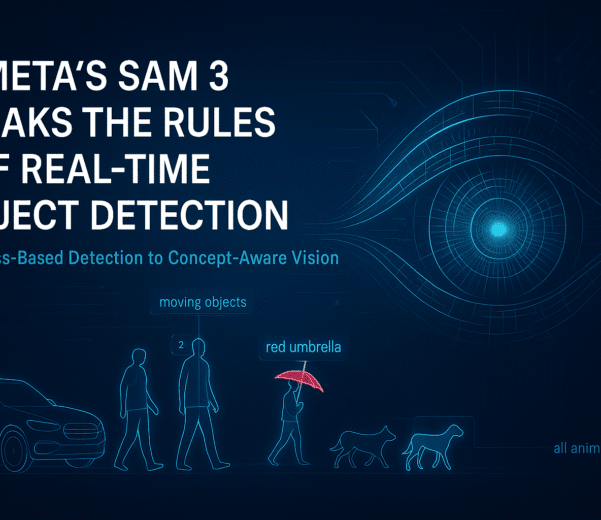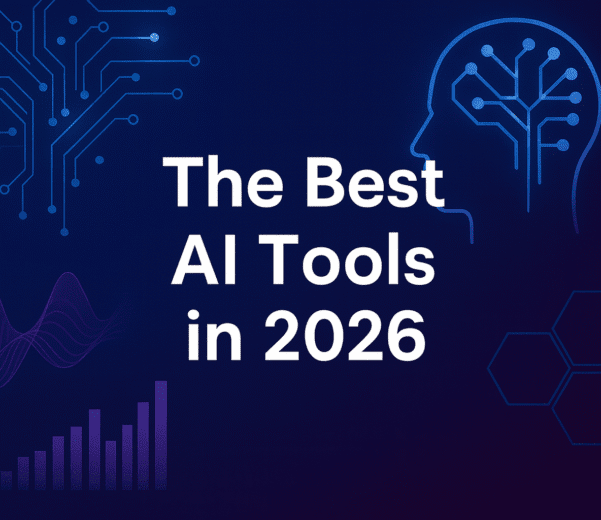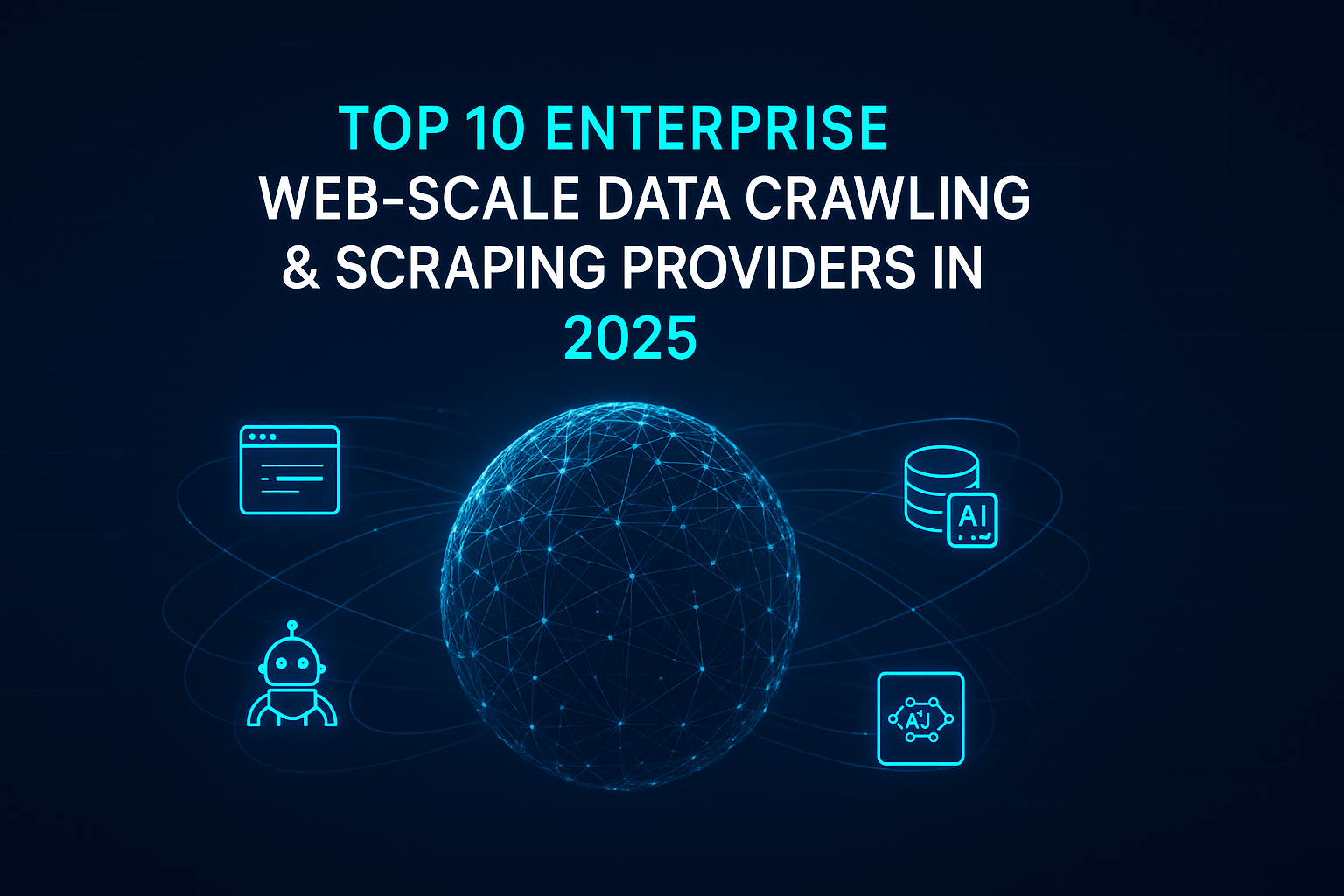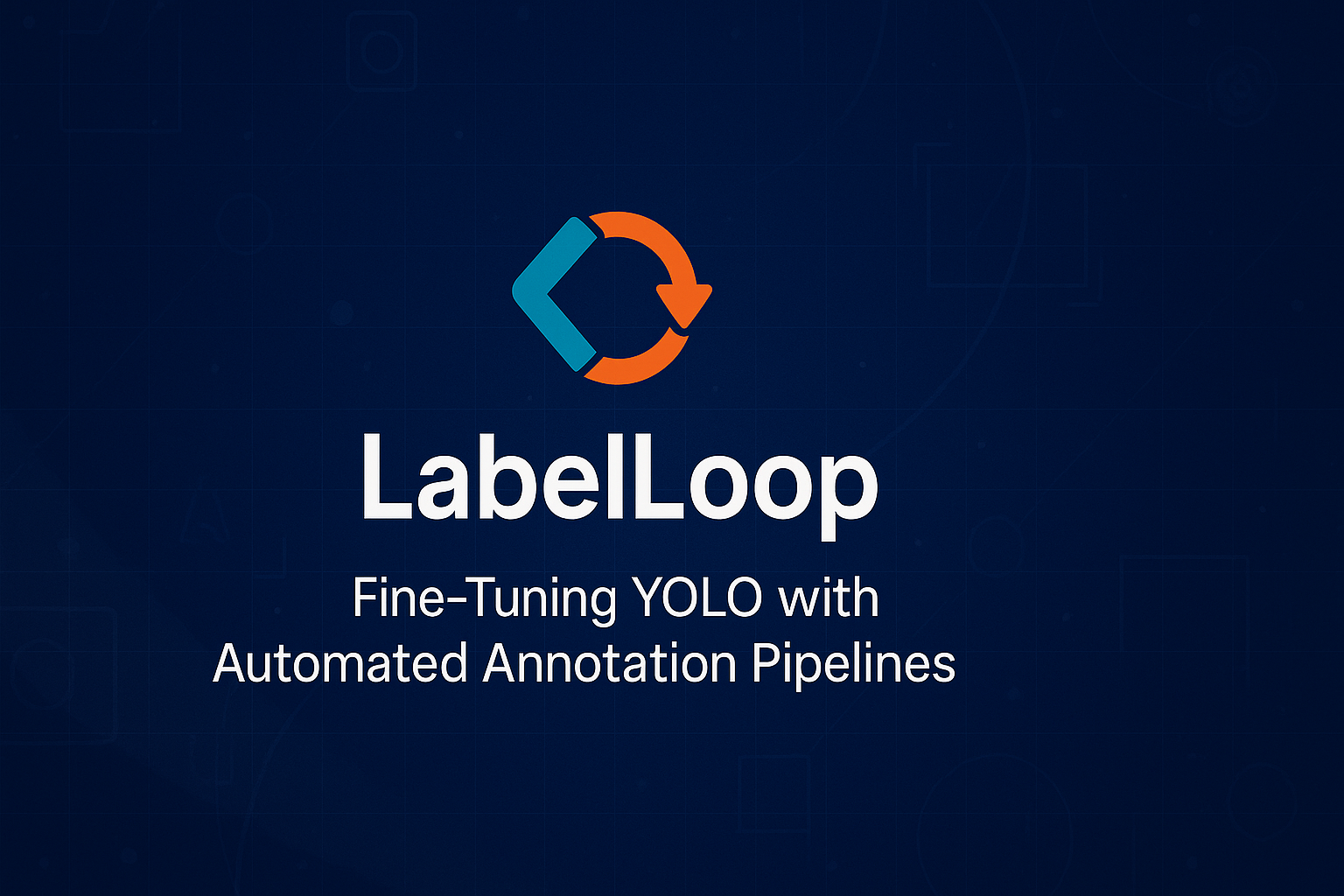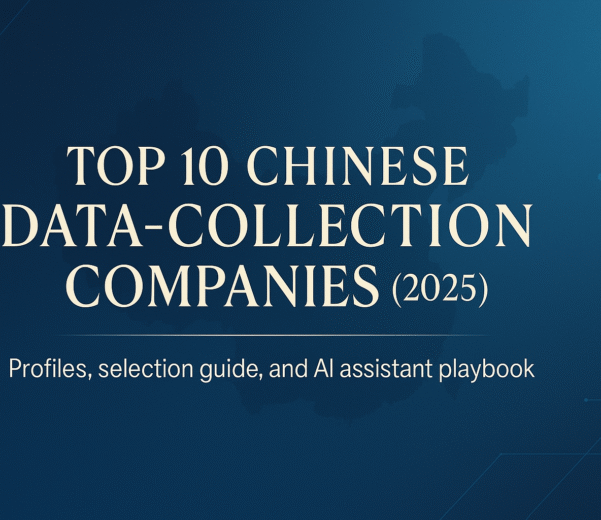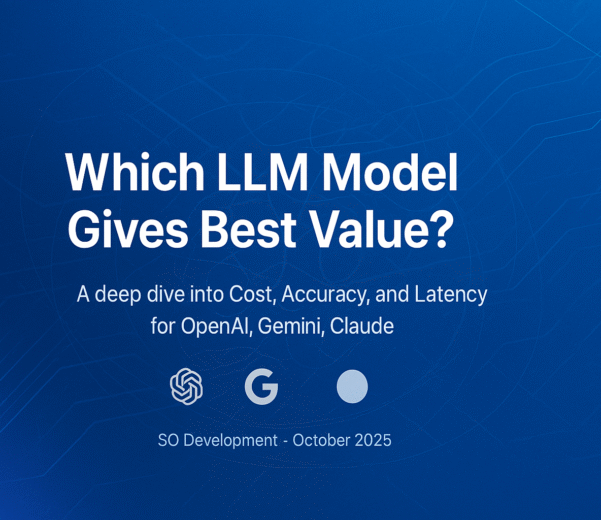You’ve completed a significant batch of raw data collecting and now want to feed that data into artificial intelligence (AI) systems so that they can do human-like tasks. The problem is that these machines can only work depending on the data set settings you provide.
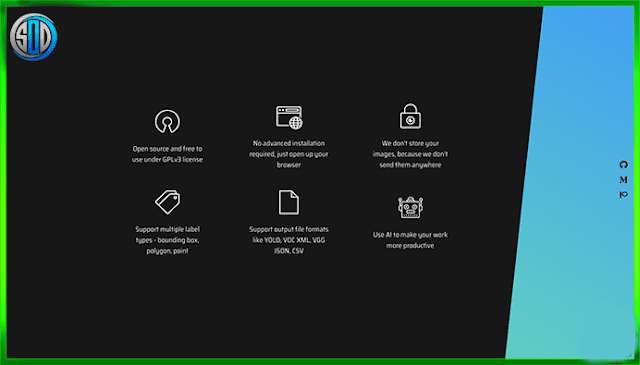
- A human data annotator enters a raw data collection and produces categories, labels, and other descriptive components that computers can read and act on.
- Annotated raw data for AI and machine learning are often composed of numerical data and alphabetic text, but data annotation may also be applied to images and audio/visual features.
What exactly is Data Annotation?
Data annotation is the process of labeling data that is accessible in multiple media such as text, video, or photos. Labeled data sets are required for supervised machine learning methods for the algorithm to learn from the input values.
Furthermore, data is meticulously annotated using the proper tools and procedures to train your supervised machine learning models. And many other types of data annotation techniques are utilized to create such data sets.
If you’re a data scientist, particularly if you’re in college, most of the datasets you deal with (including the ones I’m using on this website) are clean and annotated. In professional life, however, datasets may not be, and annotation must be performed by a human, which implies that annotation is quite expensive. However, it is quite important in the sector.
What Exactly Is A Data Annotation Tool?
A data annotation tool is a software solution that focuses on generating training data for machine learning. It may be hosted in the cloud, on-premises, or containerized. Some businesses, on the other hand, choose to design their tools. There are several open-source and shareware data annotation tools available.
They are also available for business leasing and purchase. Annotation tools for data are often built for use with certain types of data, such as photos, videos, text, audio, spreadsheets, or sensor data. They also provide a variety of deployment options, including on-premise, container, SaaS (cloud), and Kubernetes.
- Text And Internet Search: By labeling concepts inside the text, ML models may learn to understand what people are searching for not just word for word, but also taking into account a person’s intent.
- Natural Language Processing (NLP): NLP systems may learn to understand the context of a query and provide beautiful responses.
- Data annotation allows data engineers to construct training sets for OCR systems, identifying and converting handwritten characters, PDFs, images, and words to text.
- Machine learning models can be trained to translate spoken or written words from one language to another.
Autonomous Vehicles:
The progress of self-driving automobile technology exemplifies why it is vital to train ML systems to identify images and assess situations.
Medical Images:
Data scientists are working on algorithms to detect cancer cells and other abnormalities in X-rays, ultrasound, and other medical images.
If these systems, or any other ML system – are trained on wrongly labeled data, the outputs will be inaccurate, unreliable, and useless to the user.
Data Annotation Has Many Advantages: Data annotation is critical for supervised machine learning algorithms that train and predict from data. Here are two of the most important advantages of this method:
End-User Benefits: Improved User Experience
Applications powered by ML-based trained models help to improve ML services for end-users by giving a better user experience. Every month, having annotated large data allows a lot of companies to come up with novel services.
Chatbots and virtual assistants drove by AI are great examples
These chatbots can answer a user’s inquiry with the most relevant information thanks to the technique. Indeed, I can already resolve the majority of my mobile phone questions by speaking to a bot, which seems fairly normal. Follow me on Twitter if you want to learn more about some fascinating firms that are using AI in novel ways. When I come across interesting AI-related content, I want to distribute it widely.
Annotation Tools are crucial to the overall success of the annotation process. They aid in increasing manufacturing speed and quality, but they also aid in company administration and security.
1. Dataset Management:
Annotation begins and ends with a comprehensive technique of managing the dataset to be annotated, which is a crucial component of your workflow.
As a consequence, you must ensure that the tool you’re thinking about can import and manage the vast amount of data and file types you’ll need to label.
Because different tools retain annotation output in different ways, you must confirm that the tool will meet your team’s output requirements. Furthermore, due to the location of your data, you must validate support file storage destinations.
Another consideration while designing dataset management tools is the tool’s ability to share and connect. Offshore companies are sometimes used for annotation and AI data processing, which necessitates quick access and connection to the datasets.
2. Annotation Methods:
The strategies and capabilities for adding labels to your data are regarded as the most important component of data annotation tools. Depending on your current and predicted future needs, you may wish to concentrate on specialists or choose a more complete platform.
Typical annotation features provided by data annotation tools include the creation and management of vocabularies or standards, such as label maps, classes, characteristics, and specific annotation categories.
Furthermore, automation, often known as auto labeling, is a relatively recent feature in many data annotation platforms. Many AI-powered solutions can assist your annotators in improving their labeling talents, or will even automatically annotate your data without human intervention.
3. Data Quality Control:
- The efficacy of your machine learning and AI models is determined by the quality of your data Furthermore, data annotation tools may aid in quality control (QC) and validation. QC should be included as part of the annotation process, hopefully.
It is crucial, for example, to give real-time feedback and to commence issue monitoring while an annotation is taking place. This may also help with workflow processes such as labeling agreements.
Many technologies will offer a quality dashboard to help managers spot and monitor quality issues. Furthermore, some annotation systems will have a feature that allows you to allocate QC chores back to the primary annotation team or a separate QC team.





